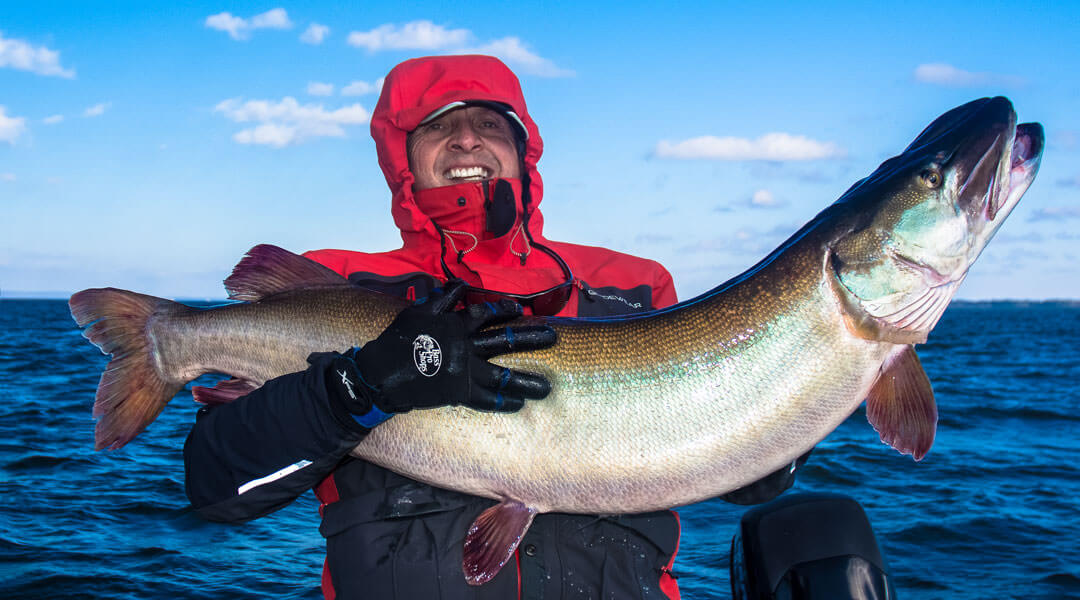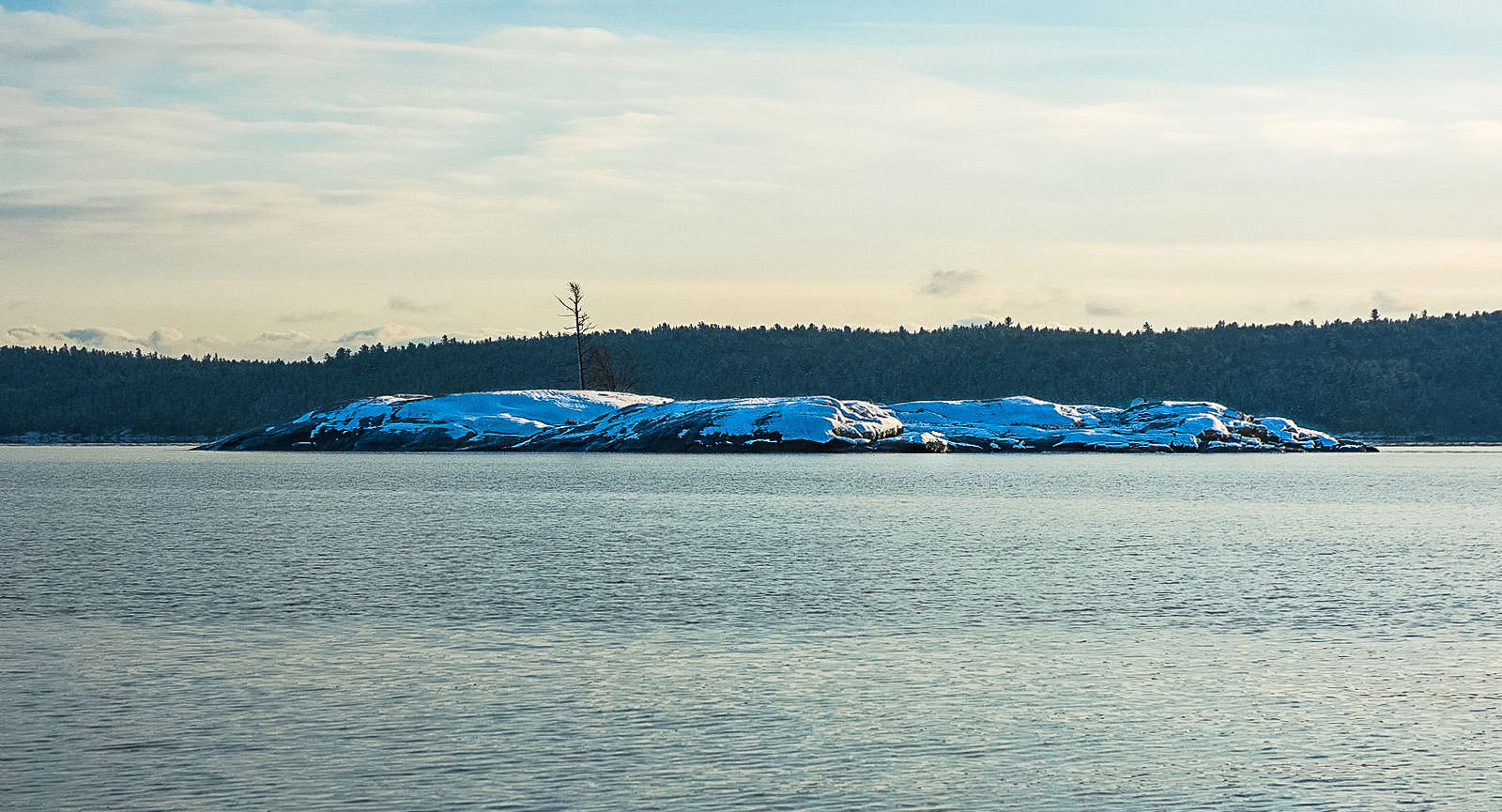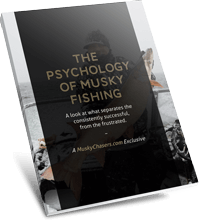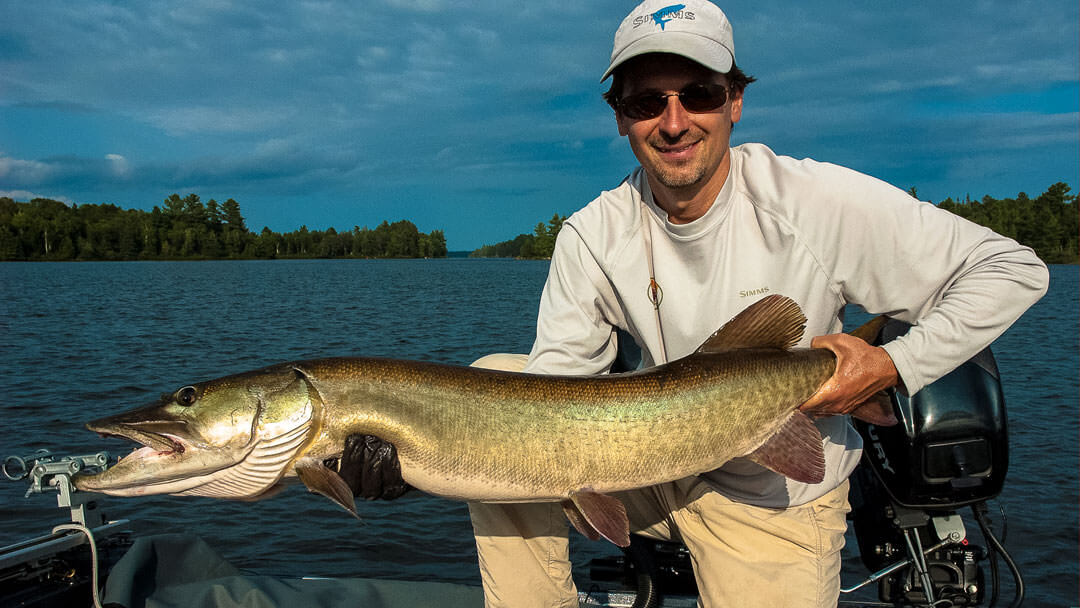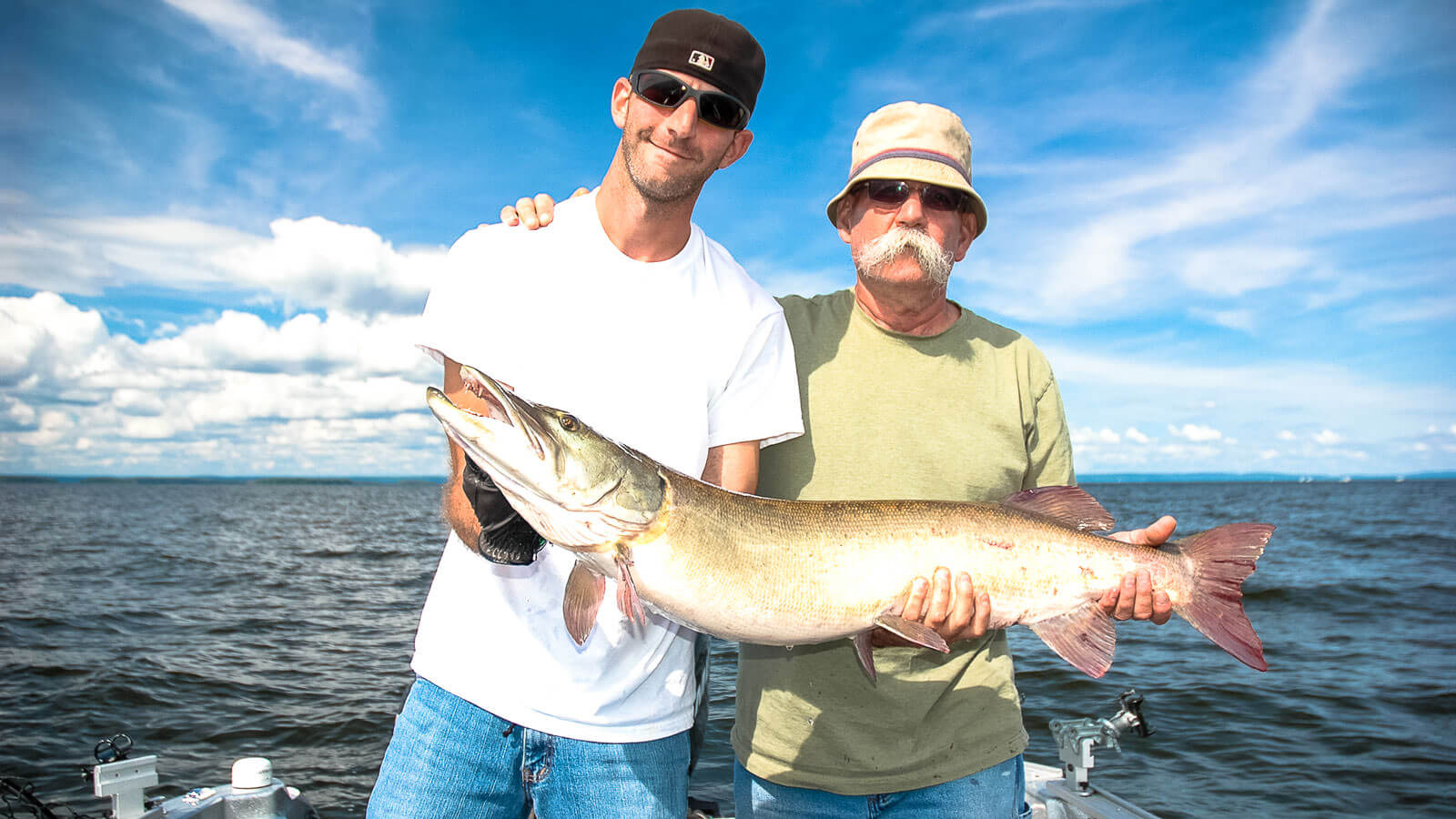Musky Time
Fishing Conditions
Muskies are also on the move toward either herring spawning grounds or their own eventual spawning area. This means our quarry is spread out and not concentrated in any one particular area. The key to chasing muskies this time of year… is efficiency.
is efficiency”
Where to Start
First, let’s talk about location. Muskies tend to roam a little deeper this time of year. Why? The answer is ‘because they can’. The fall turnover has already occurred and the depths have been re-oxygenated. The fluctuating water temperatures also tend to drive muskies deeper where things are more stable from day to day.
This actually applies to many other fish species as well. Drive your boat over 40, 50 feet, or more and watch your sonar carefully. It’s not uncommon to see many large ‘hooks’ down near the bottom in those depths, with many smaller hooks hovering above them.
Now, I’m not suggesting that you target muskies at 50 feet.
Occasionally, muskies will come closer to the surface and sit on ‘shallower’ humps where they look overhead and ambush hovering prey.
Look on your map or GPS for these humps next to deep water and you’ll be in the ball park. Herring tend to spawn on shallow gravel humps that top out anywhere from 2 to 6 feet. Under the right conditions, these areas can offer casting opportunities. Generally though, it’s a trolling game this time of year.

Photograph by Nipissing Muskies
Trophy Musky Time is Time to Troll
Here’s where the efficiency part comes in.
From October on, trolling is your most efficient method for covering water while keeping your lure in the strike zone. Troll as fast as you think you can get away with to help you cover as much territory in a day as possible.
A general rule is to not exceed 4 mph below a surface temperature of 50 degrees F (10 degrees C).
In fact, by the time the water reaches the mid to low 40s, many experienced musky chasers are trolling at 2.5 to 3.5 mph.
The reason for the slower pace is to match the musky’s slower metabolism and increase its ability to keep up with your bait. I employ a little trick to help the muskies catch my lure under cold water conditions.
I like to hand-hold one of the trolling rods and give it a rip and a drop-back every once in a while. The rip will get a following musky’s attention and the drop-back will help the fish to catch up to the lure and hopefully strike.
I’m usually trolling 2 to 3.5 mph when I do this and I find it really makes a difference. Lures like the 10 inch Jake or Grandma are great lures for hand-holding because they impart a lot of flash when ripped, as any flat-sided bait will do. The opposite scenario to this would be a lure such as the Believer or Swim Whizz, which doesn’t necessarily benefit from ripping. Their built-in random action already triggers strikes.
For more tips, read our Cold Weather Fishing Tips article.
The deeper I troll though, the darker the bait color I’ll employ. Light colors reflect existing light while dark colors absorb light. Experiment with this idea and see what works for you.
Safety Considerations
An article about late fall musky chasing wouldn’t be complete without safety and weather considerations. The water is cold and dangerous should you or any of your guests fall overboard.
Wear either a PDF or full floater suit when you’re out there and use common sense when in rough water.
Always get a few different weather reports before heading out and always have an escape plan should the weather turn nasty. For example, I will venture out in higher winds if they are from the South where I can hide behind the South shoreline.
I will also launch my boat where I can safely make it back quickly if need be. These considerations could save your life.
eBook available in the MuskyMarket
Photographs by Nipissing Muskies
Parting Thoughts
A final thought on the subject is this… musky fishing seems to be more about an angler’s ego than anything else. Rarely will an avid musky hunter chaser keep his catch.
We need a good photograph and a devoted witness or two to really complete the experience.
A certain amount of luck is involved in locating and landing a large musky in late fall. But there is also a strong mental game going on with more experienced anglers who plan their trips by the moon phases and watch the water temperatures and weather trends carefully.
One musky fanatic I know actually went so far as to post this quote: “Great Men Catch Great Fish”.
I’ll reserve judgement on that comment as some of the largest and heaviest muskies ever caught were done so by newbies or hapless fishermen targeting other species.
Late fall, despite the alluring ‘trophy musky time' designation, isn’t for everyone. Be careful out there and don’t let your ego put you in a life-threatening situation. Muskies are great trophy fish to pursue… but in the end… it’s only a fish.
Do you take ‘trophy musky time' seriously or is late fall your queue to wrap things up for the season?

